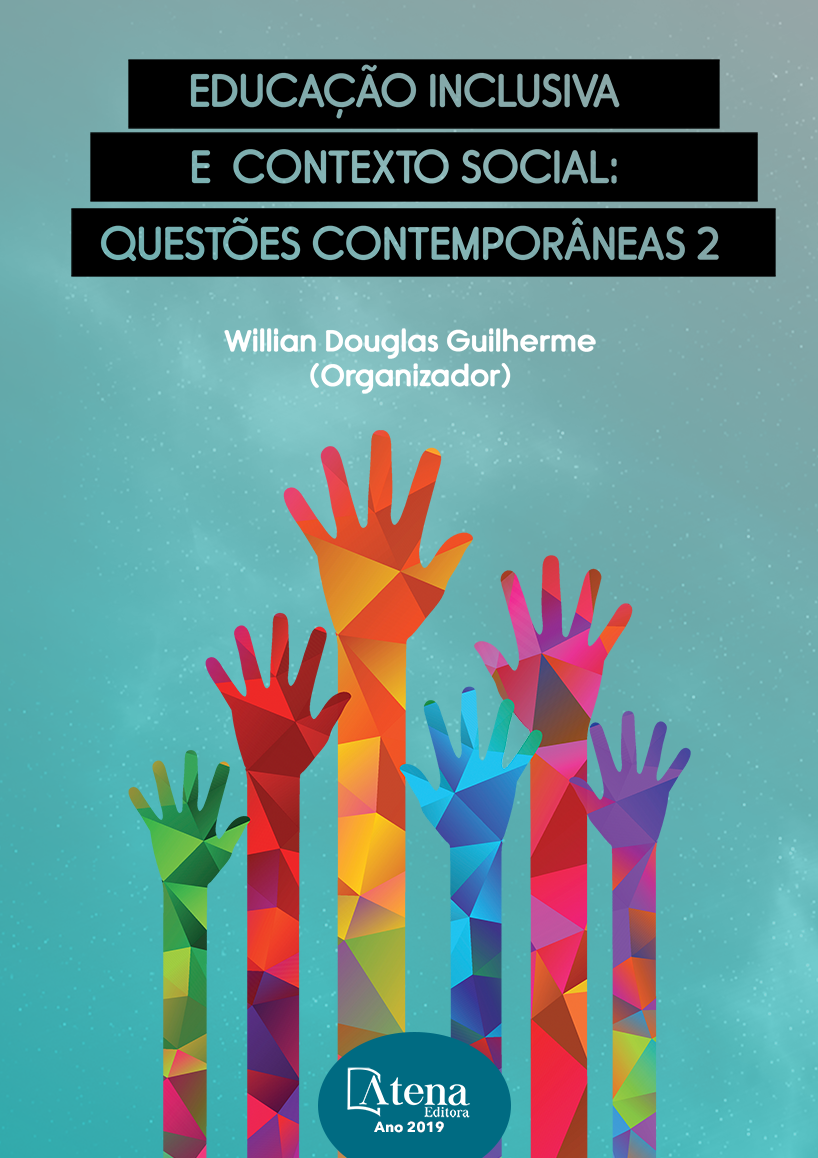
O OLHAR DOS PROFESSORES EM RELAÇÃO À INCLUSÃO DOS SURDOS NO ENSINO REGULAR
Este artigo visa refletir sobre o processo de implementação da inclusão dos surdos no ensino regular no município de Santarém, fazendo um paralelo entre o Atendimento Educacional Especializado- AEE e o Ensino Regular voltado para a educação destes sujeitos. A educação de surdos tem sido alvo de profundas discussões nos últimos tempos (Sá, 2011), (Quadros, 1997), (Capovilla, 1997) referente à inserção desses alunos no ensino comum. Como estratégia metodológica usou-se a pesquisa de campo de caráter qualitativo, com aplicação de entrevistas com roteiro semiestruturado, para 12 professores do ensino regular, 12 professores do AEE e 3 Instrutores Surdos em 8 escolas municipais, bem como observações feitas na sala regular e no Atendimento Educacional Especializado que possuem alunos surdos matriculados. A interpretação dos dados foi feita a partir do estabelecimento de três categorias: 1) Concepção de surdez, 2) Prática pedagógica face á inclusão dos surdos e 3) O olhar dos professores sobre a inclusão. Dentre os resultados, percebeu-se que os docentes veem o bilinguismo como método mais adequado para a educação de surdo, entretanto a maioria não os coloca em prática, a minoria utiliza do método oral para ensinar os surdos tratando todos como se fossem iguais aos ouvintes, e olham a inclusão de forma positiva, mas que ainda está em processo de organização em nosso município.
O OLHAR DOS PROFESSORES EM RELAÇÃO À INCLUSÃO DOS SURDOS NO ENSINO REGULAR
-
DOI: 10.22533/at.ed.34419250630
-
Palavras-chave: Inclusão de Surdos; Ensino Regular; Atendimento Educacional Especializado.
-
Keywords: Inclusion of the Deaf; Mainstream education; Specialized Educational Assistance.
-
Abstract:
This article aims to reflect on the process of implementing the inclusion of deaf people in regular education in the municipality of Santarém, making a parallel between the Specialized Educational Assistance – SEA (“Atendimento Educacional Especializado” – AEE) and Mainstream Education aimed at the education of these subjects. The education of the deaf has been the subject of deep discussions in recent times (Sá, 2011), (Quadros, 1997), (Capovilla, 1997) regarding the insertion of these students in the common teaching. As a methodological strategy, qualitative field research was used in interviews with a semi-structured script, for 12 Mainstream Education teachers, 12 SEA teachers and 3 deaf instructors in 8 municipal schools, as well as observations made in the mainstream classroom and in the Specialized Educational Programs treatment that deaf registered students have. The interpretation of the data was made through the establishment of three categories: 1) Defining of deafness, 2) Pedagogical practice regarding the inclusion of the deaf and 3) The teachers’ view on inclusion. Among the results, it was noticed that teachers see bilingualism as the most appropriate method for the education of the deaf, but most do not put it into practice, the minority uses the oral method to teach the deaf treating everyone as if they were equal to the listeners. They look at inclusion in a positive way, but it is still being organized in our county.
-
Número de páginas: 15
- Liliane Viana Soares
- Patrícia Siqueira dos Santos
- Eleny Brandão Cavalcante


